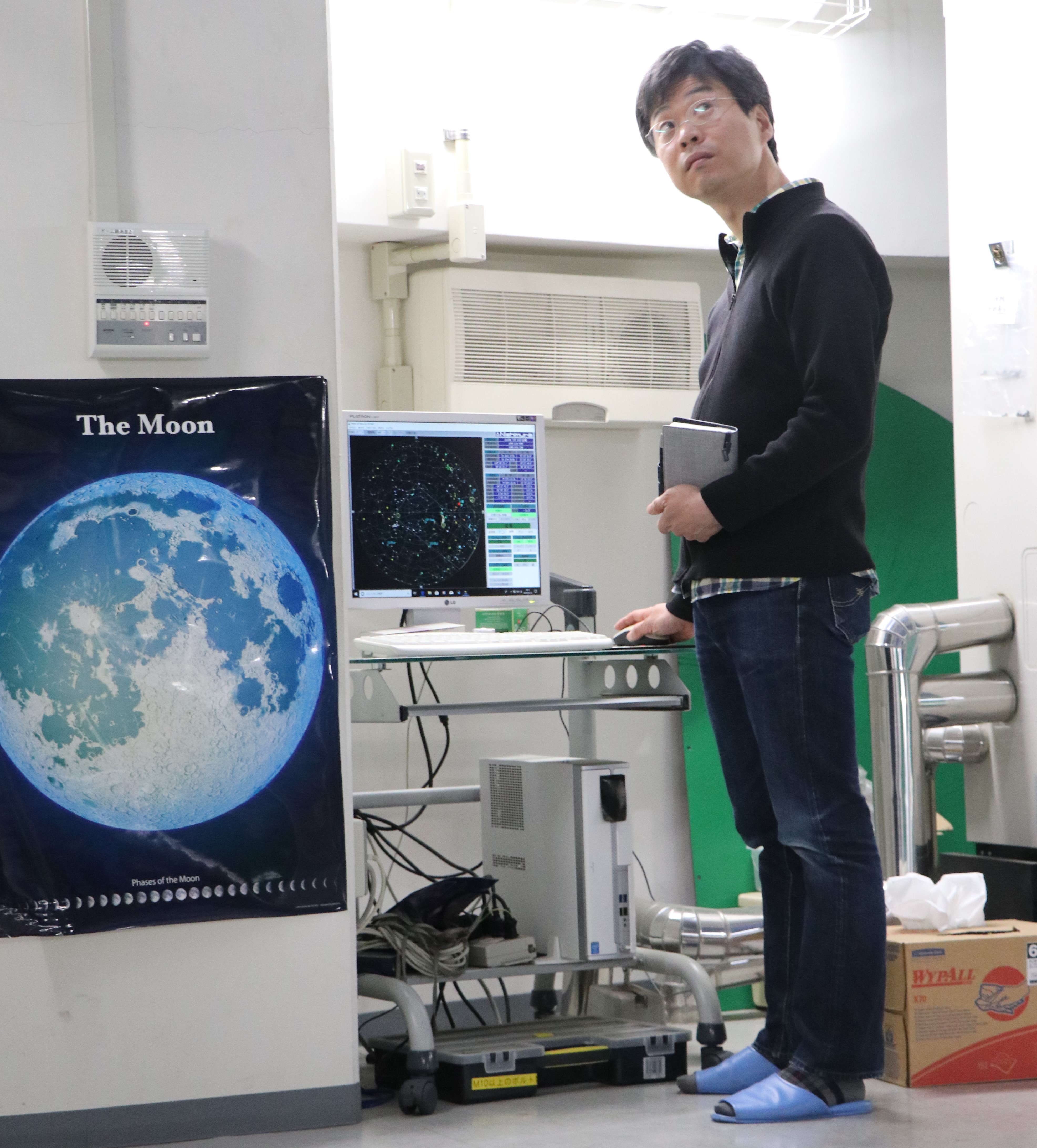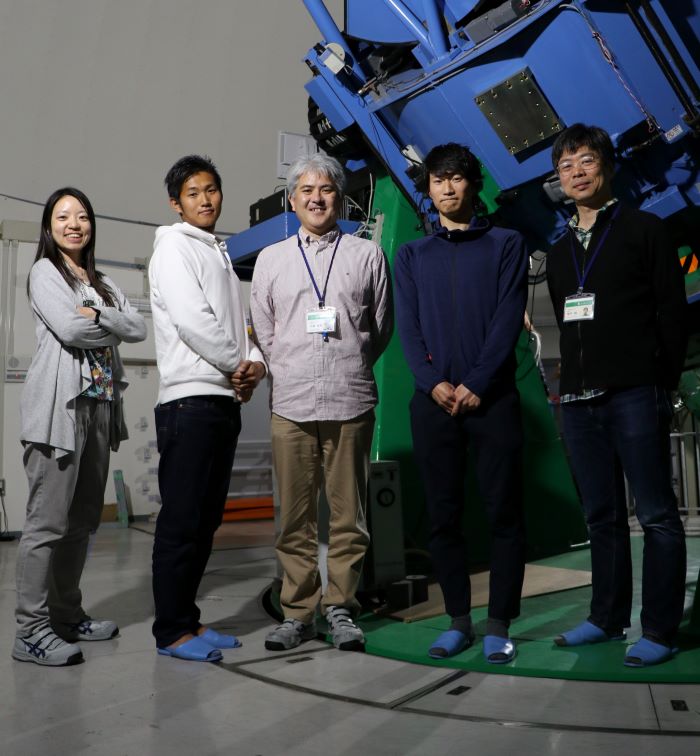Take a behind-the-scenes look at some of the research facilities in Hiroshima University and see where the science happens!
What area of science would you classify this facility (physics, biology, chemistry, engineering, maths)?
Physics, engineering, and a bit of mathematics. We use the observatory to understand phenomena in physics, but we also need to know enough engineering (mechanics, optics, software, and some math) to build and run the telescope.
What is an observatory?
An astronomical observatory is used to look up at the sky and observe objects and events happening in space and the universe. Nowadays, astronomers observe the sky not by naked eyes but by state-of-the-art electronic devices.
What research is it used for?
With the Kanata telescope at the Higashi-Hiroshima observatory, we mainly study transient objects and phenomena occurring in the universe, for examples, supernovae (tremendous explosions of stars), black holes (extremely compact and massive objects which sometime have jets) and gravitational wave sources (collisions of extremely compact objects like black holes and neutron stars).

What kind of equipment is in the facility?
There is an optical telescope called the Kanata telescope with a 1.5 meter diameter mirror. We have three instruments attached to it: HONIR takes visible and near-infrared images, HowPol observes polarized light in the visible, and a high-speed CCD camera/spectrograph is used to study rapidly changing phenomena.
Any surprising facts / funny stories about the facility or experiments happening here?
We can only use the telescope during the night when the sky is dark, which means observers often cook and eat together. It can be like a little social club.
Every so often, we are asked by local TV stations to evaluate images which are suspected to capture an UFO or requested to investigate mysteriously shining objects. Often this is just Venus which is a very bright planet which is often the only thing in the sky bright enough to see in the early evening or early morning. It can also be just a contrail, strange cloud formations, reflecting the light of the sun or newly installed lights on a distant mountain ridge etc.
Do you collaborate with any other labs?
We heavily collaborate with the X-ray group, who use X-rays to observe the same targets as we observe with optical light. With the theory group, we discuss how we interpret the results we obtain.
In addition, we work closely together with many other observatories in Japan and around the world, such as with a telescope we built in Tibet and as our experiments are limited by the local weather and the time of the day.
How can the public see the research going on here?
We do a number of events including “Star Parties” open to the public as well as individual tours. These get pretty busy so we only do them a couple of times a year!


From left to right: Hanae Inami (Assistant Professor), Tomoki Omama (Master student), Koji Kawabata (Director and Professor), Ryuya Yamamoto (Master student), and Makoto Uemura (Associate Professor)

 Home
Home